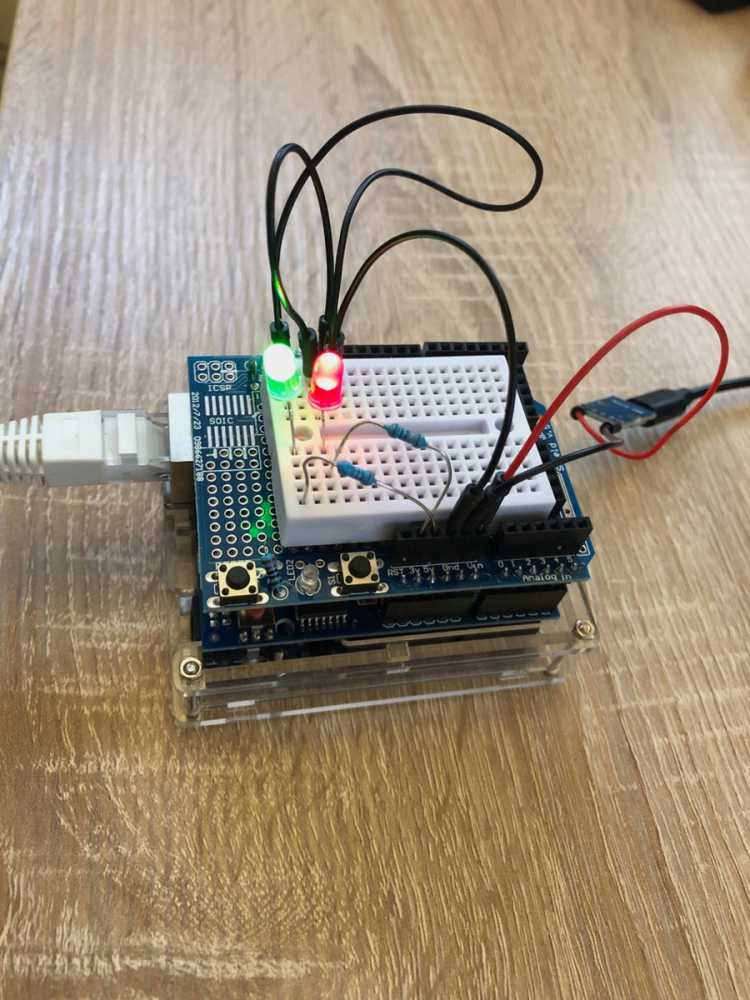OCA Alliance offers overhead control solution
- Details

AES70 is a device control standard that offers a flexible, cost-effective approach to system control. It offers interoperable, standards-based control that is not tied to any particular control system or user interface and works alongside any audio and video networking control protocol.
“One of the fundamental design goals of AES70 and OCA (Open Control Architecture) was to allow scalability, both upwards and downwards. The initial implementations and systems using the standard tended towards larger and more complex systems, so the standard was perceived in some corners as only being able to scale upwards, and thus was best suited for applications where more heavyweight hardware with multitudes of processing resources were in place,” says Ethan Wetzell, marketing committee chair for the OCA Alliance.
“However, I’m delighted to say that our friends at DeusO have put an end to that with a real-world demonstration of an implementation within a static device – in this instance, the Arduino UNO microcontroller board as it was the smallest development device available with built-in Ethernet capacity - which required just 1 kB of RAM on the microcontroller system.”
With this (very) slow microcontroller, limited RAM and 100Mbit ethernet, DeusO demonstrated the performance of their lightweight AES70 implementation via a ‘round trip’ web browser user interface connected with the AES70.js (a full controller implementation). The network packets for all control data make a complete round trip to inform the UI of parameter changes. The UI elements had both read and write widgets for each object in the device. Additionally, a read-only meter provided a general responsiveness example. There were no perceivable latency or performance problems with controlling the smallest AES70 device ever created.
“This new implementation of AES70 proves that any hardware – even a wall plate – can adopt and benefit from AES70 as its control solution with minimal impact on the rest of the device,” says Matt Hardy, business development partner at DeusO GmbH. “Indeed, the lightweight nature of AES70 even allows manufacturers to use their own proprietary control protocol and implement AES70 over the top of it to allow for a transition to a fully AES70 control solution at a time of their choosing.”
This approach has already been adopted by certain manufacturers – Focusrite being a case in point – whose products run a combination of AES70 and their own control solution. The advantage for manufacturers is that they don’t have to wait for next-generation products in order to implement AES70 – they can start their transition with their current offering and benefit from the flexibility and interoperability offered by an industry-wide protocol without losing the unique benefits of their own solution.












